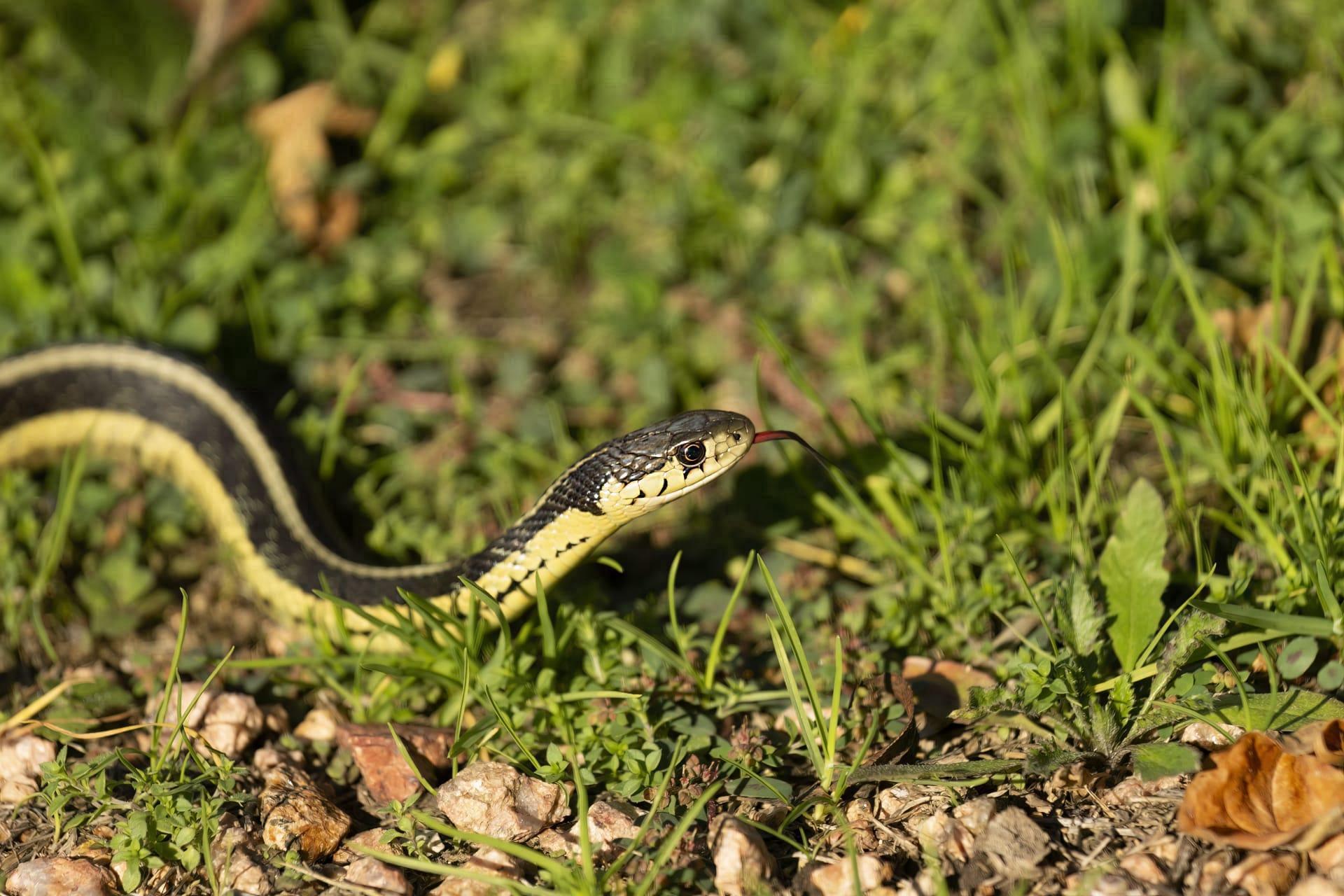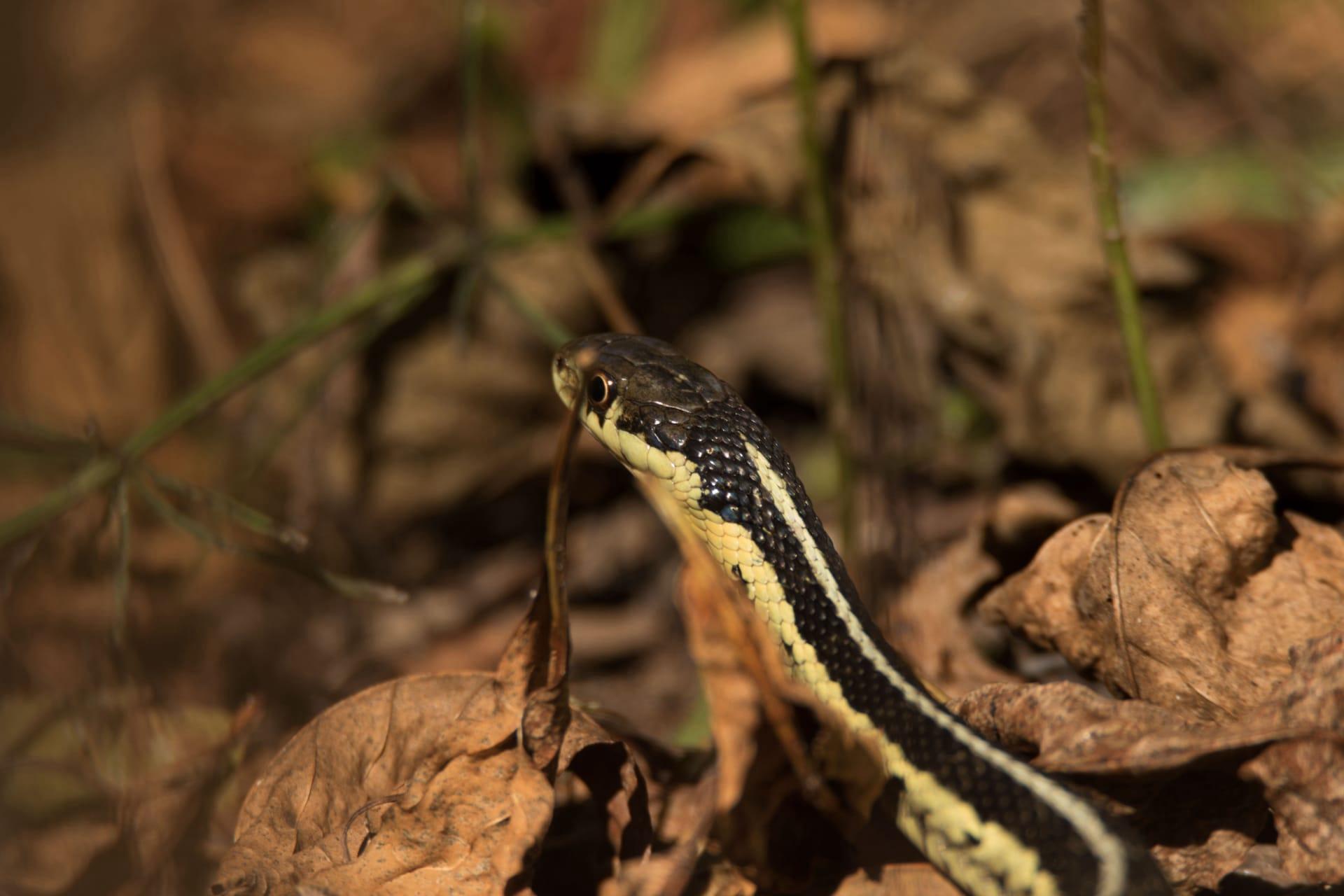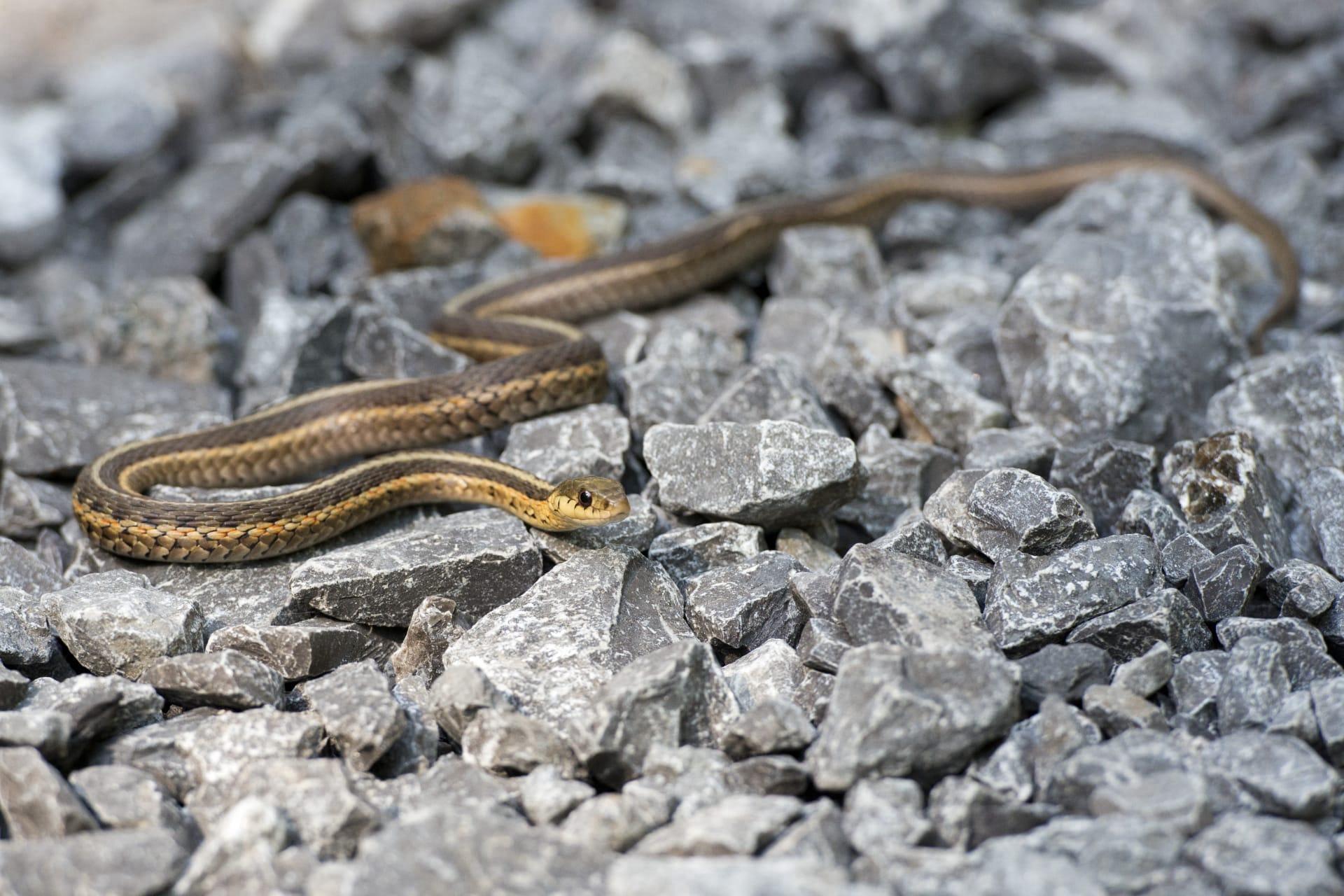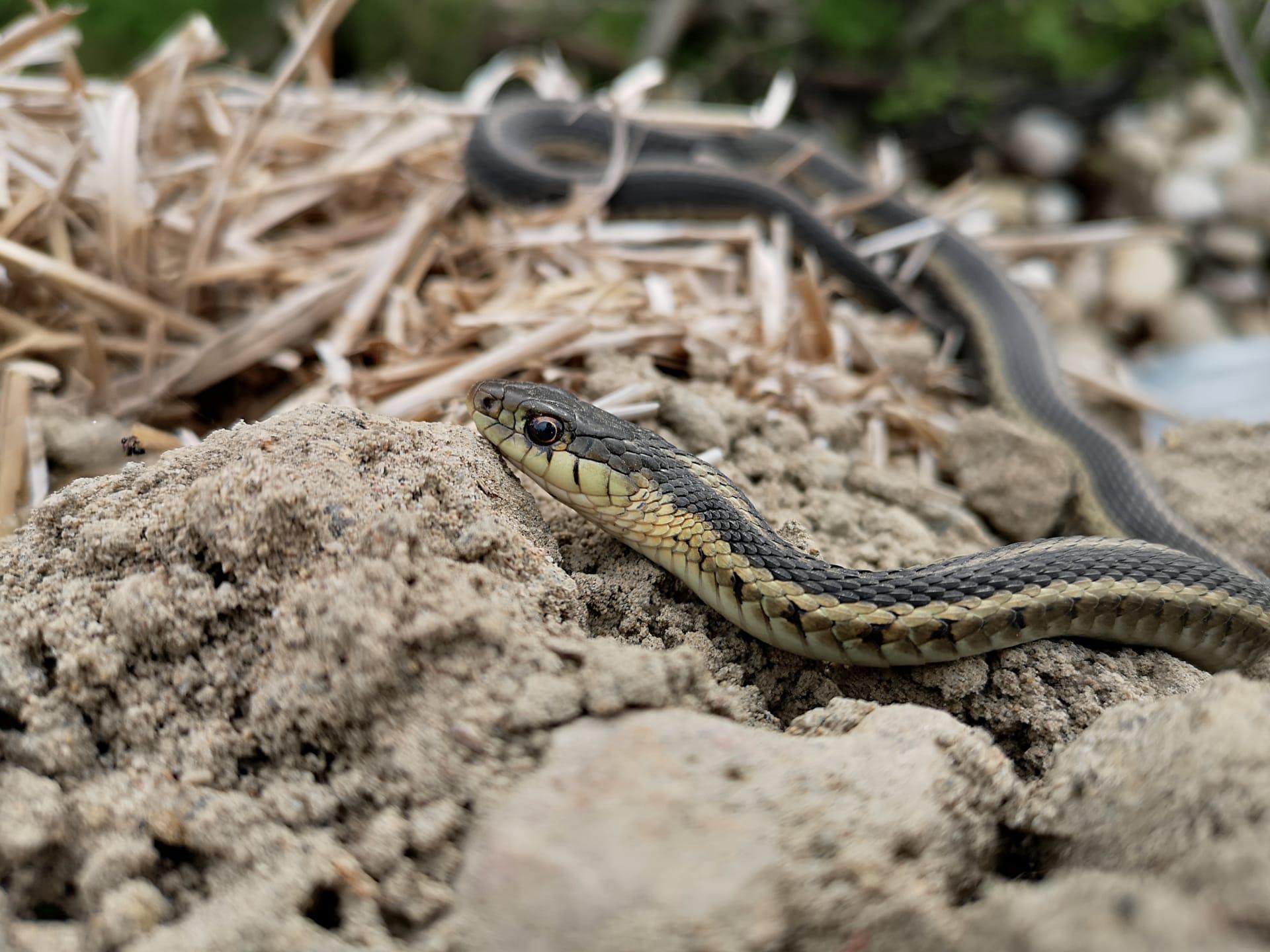Garter Snake Characteristics
- Home /
- Mini Encyclopedia /
- Animal /
- Garter Snake Characteristics
1
Garter snakes, scientifically known as Thamnophis, showcase a fascinating array of physical characteristics. Typically, these slender snakes measure between 23 to 30 inches in length, although some can reach up to 49 inches. Remarkably adaptable, they can thrive in various environments, contributing to their widespread presence across North America. Garter snakes have a life expectancy that varies depending on their habitat, but in the wild, they can live up to 10 years, while in captivity, their lifespan can extend to around 20 years.
The most distinct organ of the garter snake is its tongue. Unlike what many might assume, this isn't just for flicking in and out in a menacing fashion. The tongue plays a crucial role in their sensory perception. When flicked out, the tongue captures tiny chemical particles from the air, which are then transferred to the Jacobson's organ located in the roof of the mouth. This organ is highly sensitive and allows the snake to detect prey, predators, and pheromones of potential mates, essentially serving as a powerful tool for both survival and reproduction.

2
Question: Do garter snakes have venom?
Answer: It's a common misconception that garter snakes are completely non-venomous. In truth, garter snakes do possess a mild venom. However, it's not harmful to humans. This venom is used primarily for subduing their prey, which includes earthworms, amphibians, and small rodents. Unlike typical venomous snakes, garter snakes lack an effective delivery system – their fangs are located at the back of their mouths, and the venom is not particularly potent, especially compared to more dangerous snake species. This adaptation reflects their diet and environmental needs, ensuring they can effectively capture and consume their prey.

3
Garter snakes exhibit unique movement characteristics, which are fascinating to observe. They are primarily terrestrial but can also swim and climb. When moving on land, they exhibit lateral undulation – a common mode of locomotion among snakes. This involves the snake propelling itself forward by creating a series of S-shaped curves along its body, pushing off against the ground for traction. Their movement can be surprisingly swift when they are evading predators or chasing after prey.
Regarding their feeding habits, garter snakes are opportunistic eaters. They primarily feed on earthworms, amphibians (like frogs and toads), and occasionally small fish or rodents. They use a combination of their mild venom and constriction to subdue their prey. Their diet varies based on their habitat and the availability of food sources. This adaptability in diet is a key factor in their survival across diverse environments.

4
The habitat of garter snakes is remarkably diverse, ranging from grasslands, woodlands, and marshes to the edges of water bodies like streams and ponds. This adaptability to various environments is a key factor in their widespread distribution across North America. They prefer moist and grassy environments, which provide ample cover and a rich supply of their preferred prey, like amphibians and earthworms. During winter, garter snakes hibernate in communal dens, sometimes in large numbers, to maintain body heat and survive the cold temperatures.
Reproduction in garter snakes is another intriguing aspect of their life cycle. They are ovoviviparous, meaning the females give birth to live young instead of laying eggs. Mating season usually occurs in the spring after snakes emerge from hibernation. A single female can give birth to as many as 80 young, although the average is around 20 to 40. These young snakes are independent from birth and immediately begin their lives, fending for themselves without parental care.

5
Book: "The Garter Snakes: Evolution and Ecology" by Douglas A. Rossman, Neil B. Ford, and Richard A. Seigel. This comprehensive book, published in the United States in 1996, delves into the evolutionary history and ecological significance of garter snakes. The authors, renowned herpetologists, offer detailed insights into the behavior, physiology, and habitat of these snakes, making it a valuable resource for both academic study and snake enthusiasts.
Book: "Garter Snakes: Their Natural History and Care in Captivity" by David Perlowin. Published in the United States in 1992, this book focuses on the care, breeding, and biology of garter snakes in captivity. Perlowin, an experienced herpetologist, provides practical advice on maintaining healthy living conditions for these snakes, along with insights into their feeding habits, reproduction, and common health issues. This book is particularly useful for those interested in keeping garter snakes as pets.